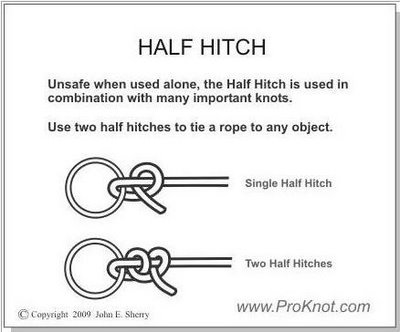VT 100 Lab 1 Directional Terms/Knots
1/39
There's no tags or description
Looks like no tags are added yet.
Name | Mastery | Learn | Test | Matching | Spaced |
|---|
No study sessions yet.
40 Terms
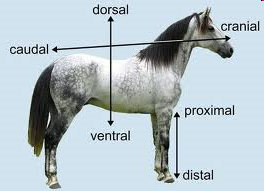
Directional Terminology
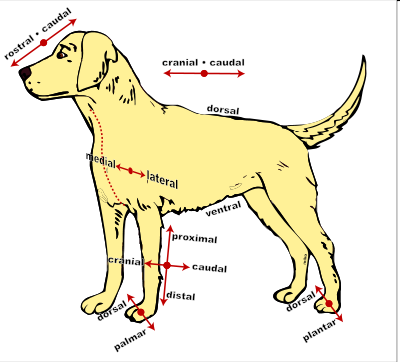
Rostral
Nose end of the head
Caudal
Toward the tail
Cranial
Toward the head
Medial
Toward midline
Lateral
Away from midline
Proximal
Nearest the midline or the beginning of a structure
Distal
Farthest from the midline or farthest from the beginning of the structure
Palmar
Caudal surface of the front paw including the carpus
Plantar
Caudal surface of the hind paw including the tarsus
Dorsal
Referring to the back
Ventral
Referring to the underside
Sternal Recumbency
Lying on the sternum
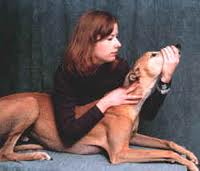
Dorsal Recumbency
Lying on the back
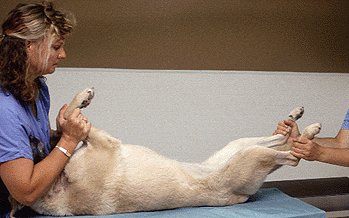
Lateral Recumbency
Lying on the side
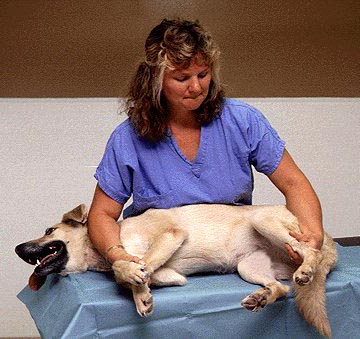
Adduction
Movement toward midline
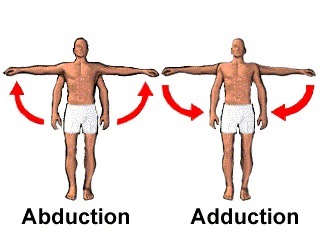
Abduction
Movement away from midline
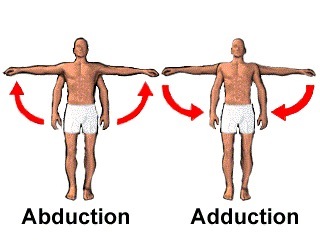
Flexion
Closure of a joint angle
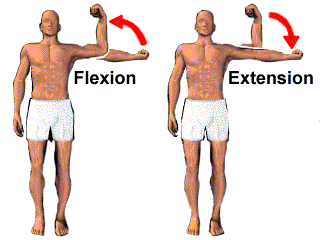
Extension
Straightening a joint
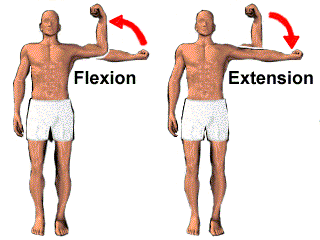
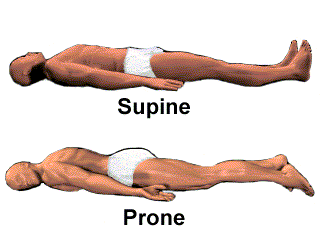
Supination
Rotating limb so that the palmar surface is turned upward
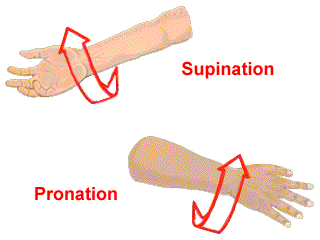
Pronation
Rotating limb so that the palmar surface is turned downward
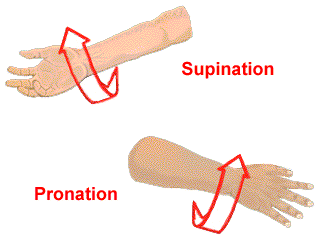
Supra-
Above, beyond, excessive
Ileum
Distal part of small intestine
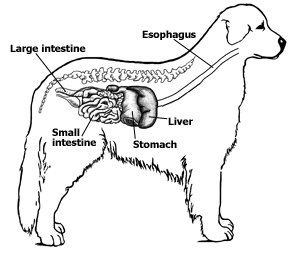
Ilium
Part of pelvic bone
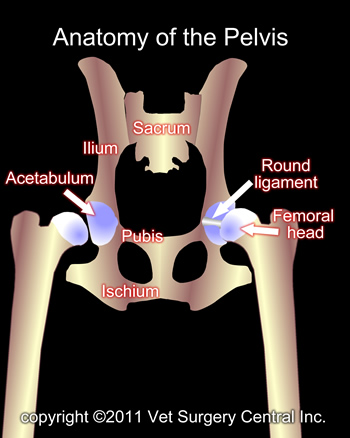
Congenital
Something that is present at birth
What it’s a knot?
An intertwining of one or two ropes in which the pressure of the standing part of the rope alone prevents the end from slipping.
Standing part
This is the longer (typically) end of the rope or the part attached to the animal
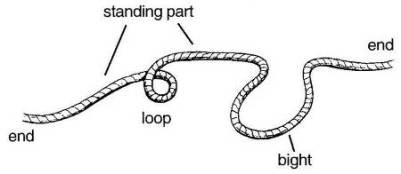
Running (working) end
The shorter (often) end of the rope that you can freely move about that is used to create the knot.
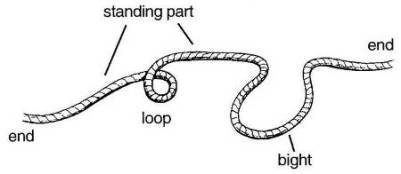
A bight
A sharp bend in the rope
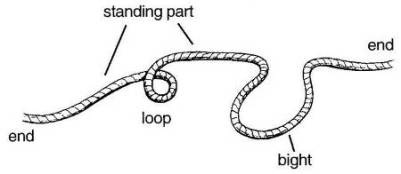
A loop
A complete circle formed in the rope
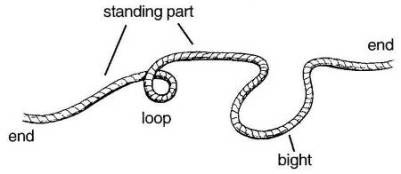
Rope Terminology Diagram
Overhand = Running over standing
Underhand = standing over running
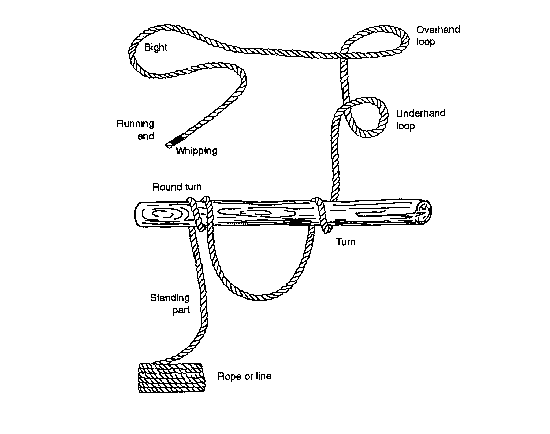
A throw
One part of the rope is wrapped around another to make a part of a knot
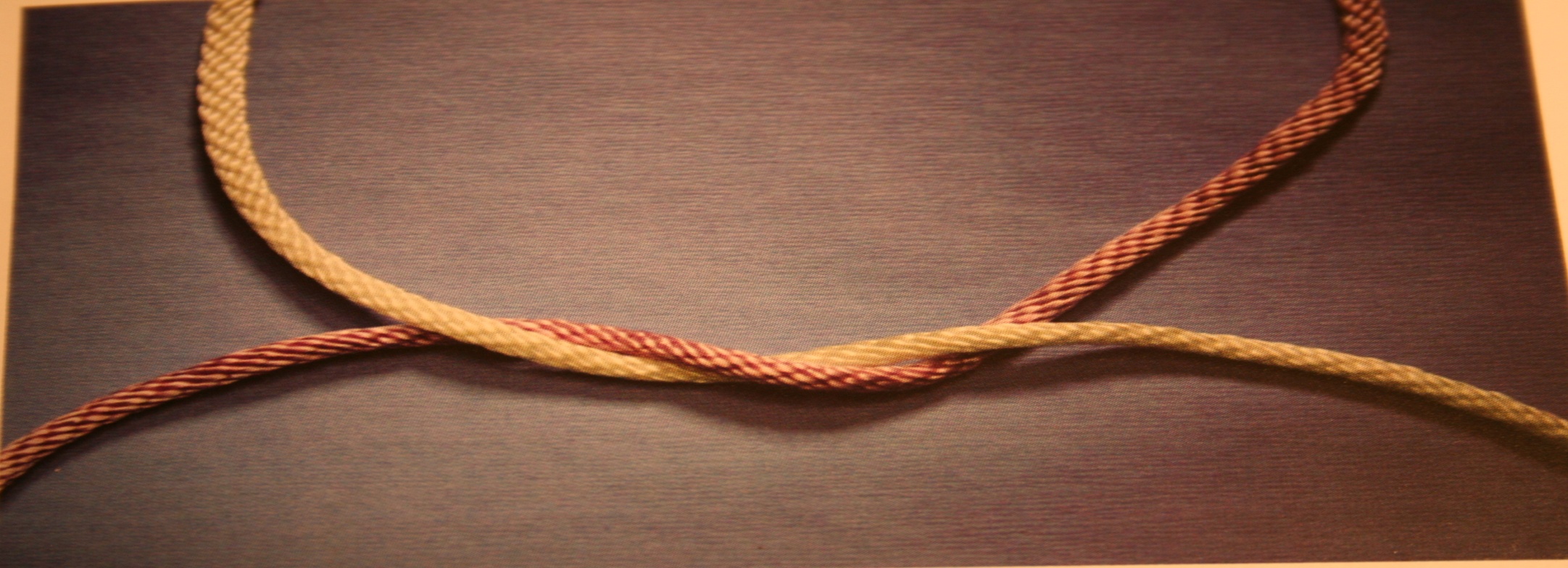
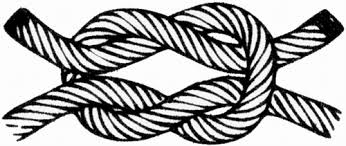
Square knot
will not come untied or tighten if pressure is applied to both ends
It is easily untied when the opposite ends are pushed together
“Right over left”
“Left over right”
“Working end” over “standing end”
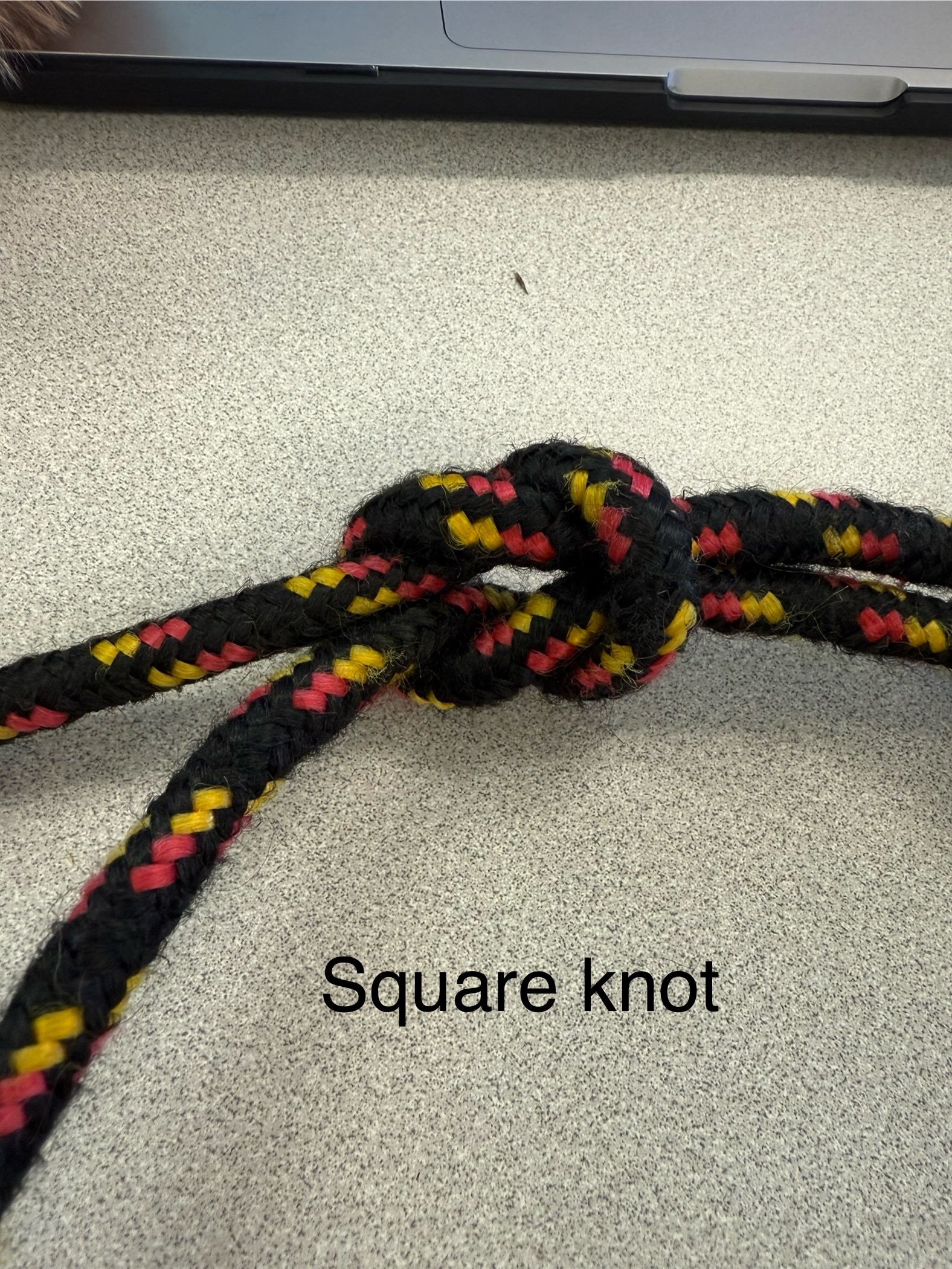
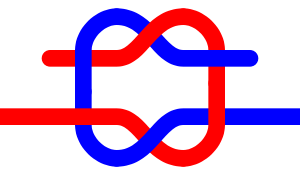
Granny knot
Not useful; will slip
“Left over right” “left over right” or vice versus
“Standing over running” “Standing over running”
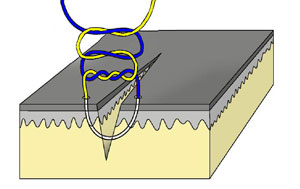
Surgeons knot
A surgeon’s knot is used when a load cannot be secured because the first throw loosens while the second is being placed. This occurs in surgery when the skin is tight and will not stay closed as the surgeon tries to make the next throw
throw two rights over lefts on the first throw, then go left over right on the top throw
Remember to use the same end that made the first throw to continue making each throw
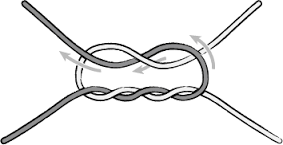
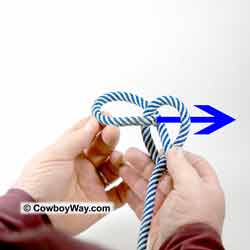
Honda knot
Aka Bowstring or lariat knot
this knot can be used to make an especially small loop because it is circular instead of oval, like most loops
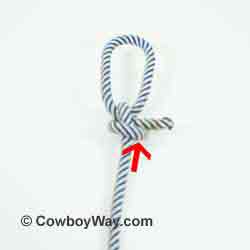
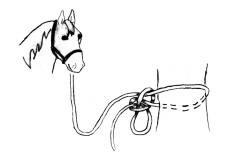
Halter Tie/ Quick Release knot
The halter tie is a quick release knot that should always be used to secure an animal to an unmoving object
If the animal become entangled in the rope or panics for any reason, a quick pull on the end of the rope releases the animal
Standing and free, working and make a loop with working and over understanding and.
Pinch working and and push pinched working and through working and hole
Pull standing and tight
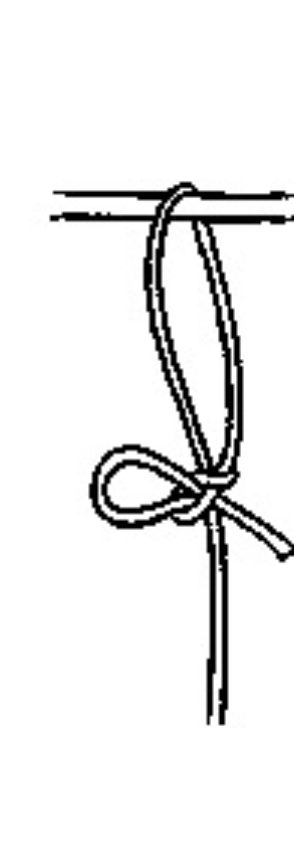
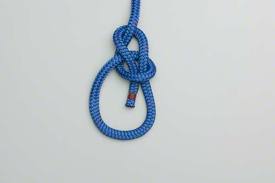
Bowline knot
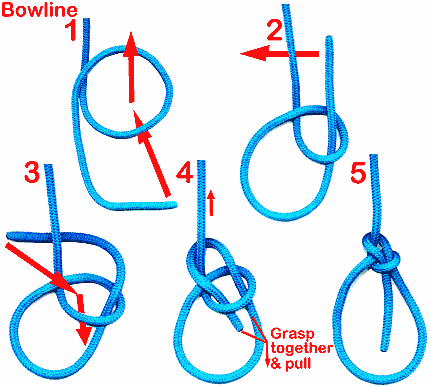
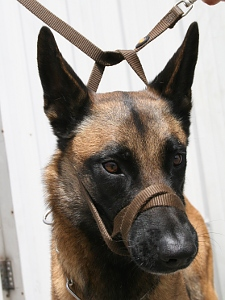
Leash Dog Muzzle
Start with a throw with the knot on the dorsal aspect of the muscle
Cross the ends under the jaw. Do not attempt to make another throw under the chin
Keep leash/gauze tight the whole time, otherwise the dog will get out of the muzzle
Bring the ends behind the ears and tie them FIRMLY in a bow. The muzzle needs to be fairly tight otherwise the dog may remove it with a paw
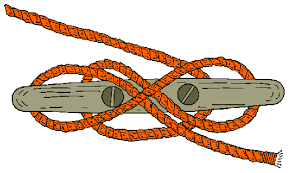
Tie Down to Surgery Table
Honda knot/loop/half hitch
